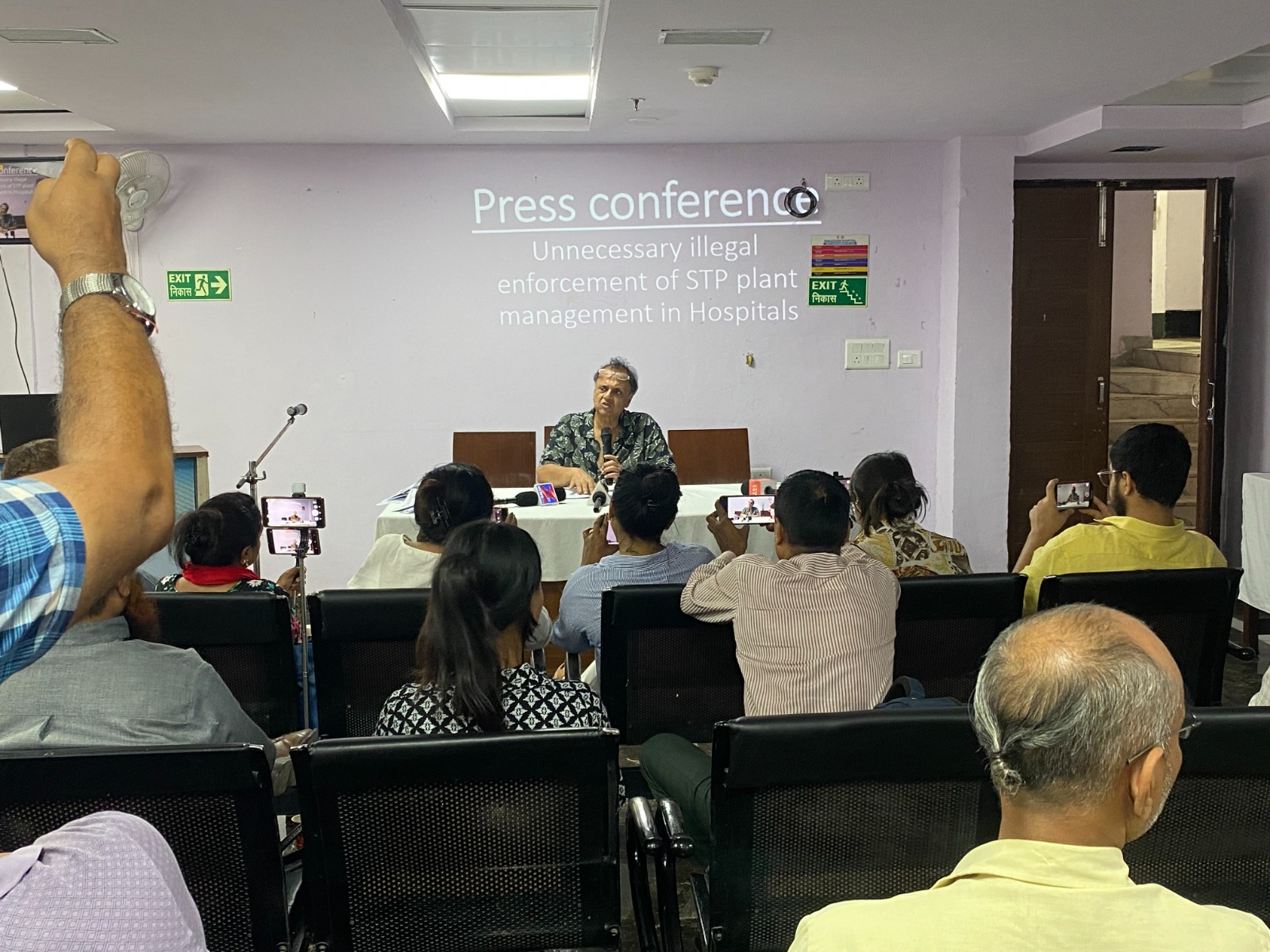Is Your Back Pain Turning the Water Tap into a Rocky Road?
Hey there, if you’ve been wrestling with a stiff back that’s so dramatic you barely make it to the next sip of water, you might be staring down the barrel of ankylosing spondylitis (AS)—a sneaky arthritis that loves to set the spine on fire.
Spotting the Red Flags
- Relentless Morning Stiffness: Getting up feels like pulling a snake out of a collar.
- Back Pain that Persistently Persists: No matter how many pillows or teas you try, the ache sticks around.
- Reduced Spinal Flexibility: You can’t bend forward or twist like a yoga pro.
- Difficulty Hitting the Water: Mention this to the doctor—it’s a hint that something isn’t right.
Why It Matters
Ankylosing spondylitis can quietly creep into your life, slowly turning a “good walk” into a painful struggle. Without early attention, the inflammation can fuse your spinal bones together—meaning less flexibility for good.
Next Steps: Get in Touch with an Orthopaedic Specialist
If you suspect anything unusual with your spine, reach out to an orthopaedic doctor ASAP. They’ll run the right tests, let you know what’s up, and tailor a treatment plan that speaks to you—and your stubborn back.
Don’t let the stiffness take the title of “longest water bottle in the office.” Get checked, get treated, and reclaim your fluid freedom!
Early warning signs of AS

What’s Really Going On With Your Back?
We’re talking about Ankylosing Spondylitis (AS), not just a normal stiff back. Those first “aah” moments of pain and tightness? That’s often the start of something that can spread beyond the spine—think itchy skin rashes, inflamed eyes, or even gut bleeding if you’re not careful.
Morning Pain to All-Day Grief
- In the beginning, the discomfort is most intense at dawn.
- As the disease marches on, that pain can linger up to midnight.
Feeling Tired & Stuck?
People with AS often wrestle with fatigue and a “can’t get up” feeling. Daily chores can feel like a marathon, and the usual chill factor of a relaxed morning may vanish.
Exercise: The Unexpected Hero
Unlike other back complaints that improve with a bit of rest, AS pain doesn’t take a break after hanging up the stretching bands. Ironically, keeping up with regular movement can actually reduce stiffness. Just make sure your plan is pinky‑promised by a rheumatologist before you jump in.
The Diagnosis Dilemma
“Doctors often skip the ANK test because most back pain is just routine muscle stuff,” says Dr. Lui. “Inflammation is a rare guest that gets overlooked when the cluster of symptoms points to a mechanical issue.”
Early diagnosis is key in AS

When Back Pain Turns Into a Drama—Don’t Sit It Out
Ever feel a tiny, nagging ache that just won’t leave the lower back? If it sticks around for months, keep in mind it might not be just a “workout gone wrong.” Younger folks under 45 should listen—this could be a sign of ankylosing spondylitis (AS).
Spotting the Early Red Flags
- Persistent stiffness that shows up in the mornings and lingers all day.
- Gradual back discomfort that doesn’t improve with rest.
- Feeling the pain whenever you bend or twist—especially if it spreads to hips or knees.
Why Early Diagnosis Is Like Catching a Sneaky Wi‑Fi Signal
Dr. Lui puts it best: “Finding AS early means you can jump on the right treatment and keep the spine flexible. It’s all about prevention before a full‑blown fusion happens.”
What Happens When It Gets Out of Hand
- The inflammation spreads to the entire spine, hips, knees—think a full‑body check‑up that’s actually a nightmare.
- In the worst scenarios, vertebrae fuse together—making the spine stiff as a board, and breathing can suffer.
- Once the bones lock, the damage is permanent; it’s a dead‑end road to recovery that can even lead to immobility.
Takeaway? Call the rheumatologist before the back turns into a hard‑to‑move statue.
Treatment options for patients with AS

Dealing with Ankylosing Spondylitis: A Duo of Drugs and Therapy
When your spine feels like a stiff corset, doctors say that both medicine and physiotherapy play a starring role. The main goal of the pills is to put out the fire in your joints and stop the pain and stiffness from stealing your day.
First Line: Take‑Away Anti‑Inflammatories
- For the mild cases: Over‑the‑counter or oral anti‑inflammatories do the trick.
- When the flare is stronger: Doctors may prescribe a “biologic” marvel.
Biologics are superhero‑level treatments that block specific proteins driving the inflammation, like TNF‑alpha or Interleukin‑17. Clinical trials show that they’re safe and effective for those who’re battling moderate to severe AS.
Going Global: Treat in Singapore, Return Home
- Patients from abroad can get the prescribed biologic while in Singapore and then carry the medication back home.
- They’ll administer the injections on a schedule set by their care team.
- Dr Lui stresses the importance of a follow‑up appointment every 1 – 3 months to keep the plan on track.
It’s a Long‑Haul Journey
AS can be a lifelong companion, meaning you’ll keep on the medication for years. Once your symptoms are under wraps, the dosage can slide down – but how much depends on you.
Got a nagging back ache or feel the tension creeping in? Don’t wait. Speak with a specialist and start crafting a plan that works for you.
Article by Dr Lui Nai Lee, rheumatologist at Gleneagles Hospital




